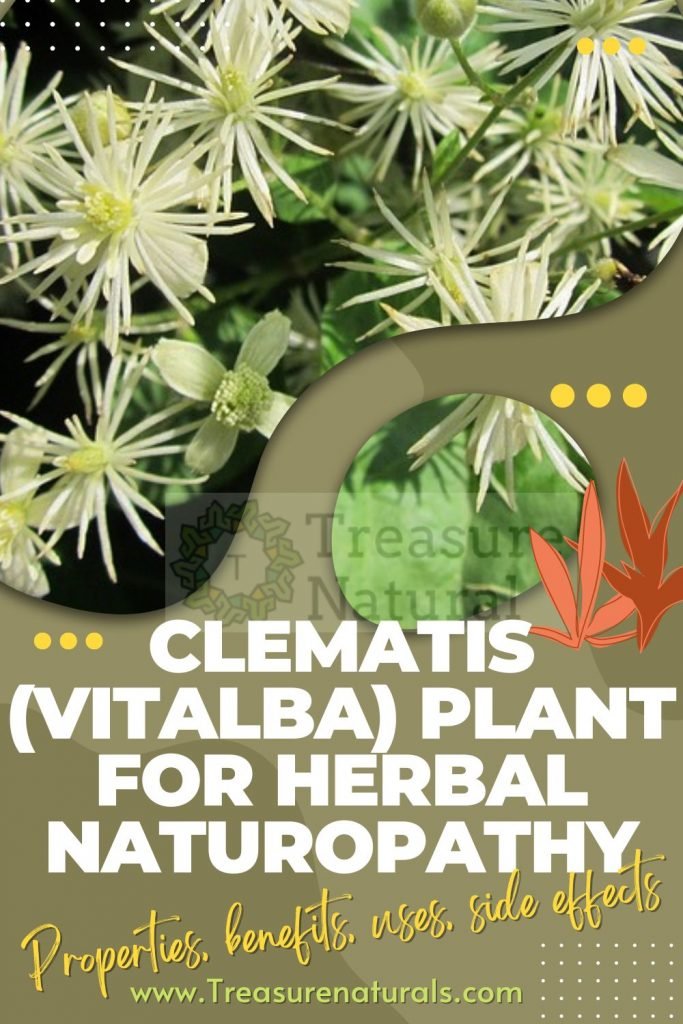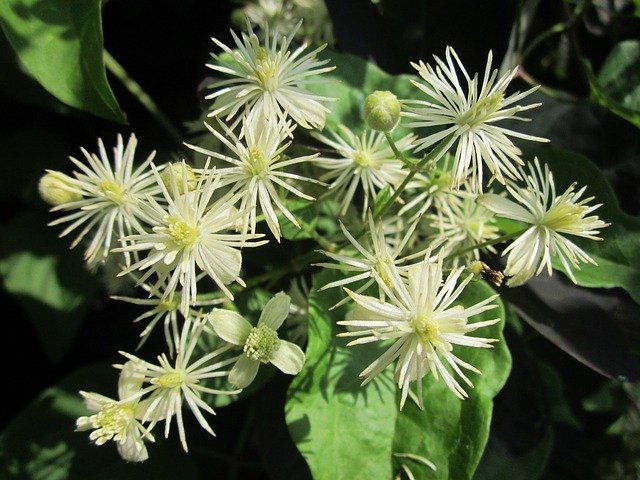
Vitalba (Clematis vitalba) is a plant of the Ranuncolacea family. Known in the past for its medicinal properties, in certain doses it is toxic and bladder. Let’s find out more.
Facts of Vitalba
Vitalba is a plant with diuretic, purgative and rubefacient action, useful for preventing and treating rheumatism and taste.
Vitalba also has acre and irritating properties. For this reason it can be used as a purgative, paying attention to the doses of use, given its toxic action. In addition, vitalba can also be used externally antineuralgic.
Nowadays vitalba is rarely used for therapeutic purposes, precisely because it can be irritating and caustic, given the saponins and alkaloids it contains.
In the past, however, fresh leaves were used to make poultices and as an energetic revulsive against arthritis, sciatica and gout. However, its use had a bladder effect that provoked painful ulcers.
The dried leaves were taken in the form of an infusion with diuretic action. The shoots of vitalba, on the other hand, consumed in infusion had purgative properties.
Finally, from the maceration of the leaves, an oil used to treat scabies was obtained.
How to use
Young shoots of vitalba can be used in cooking in the preparation of omelettes or soups. The harvest of the shoots, however, must be done before the toxic substances of the plant concentrate too much.
Precisely because of its toxicity, the use is bound by the medical prescription.
Contraindications of vitalba
Vitalba contains protoanemonin and other alkaloids, which make the plant poisonous. When used internally, it can also cause death, while for external and skin use, vitalba causes irritation, ulcers, pustules and blisters.
Description of the plant
Vitalba (Clematis vitalba) is a perennial plant that belongs to the Ranuncolaceous family. It has a climbing habit, with a woody stem, slightly hairy.
The leaves are opposite of lanceolate or ovate shape with entire margin or a little toothed, deciduous with irregular posture. The flowers are white or greenish-white and have a delicate scent, they are gathered in clusters. The fruits are feathery achenes.
Habitat of Vitalba
Vitalba is a weed that suffocates tree vegetation.
It grows in the uncultivated, on the edge of ditches and streams. It adapts well to different types of soil.
Background

It is also called Grass of the Pezzenti because in the past it was used by beggars who voluntarily procured wounds and ulceration to trigger the compassion of passers-by and earn more money from alms.
The woody part of vitalba has also often been used as a substitute for cigarettes, a practice to be avoided absolutely. .






